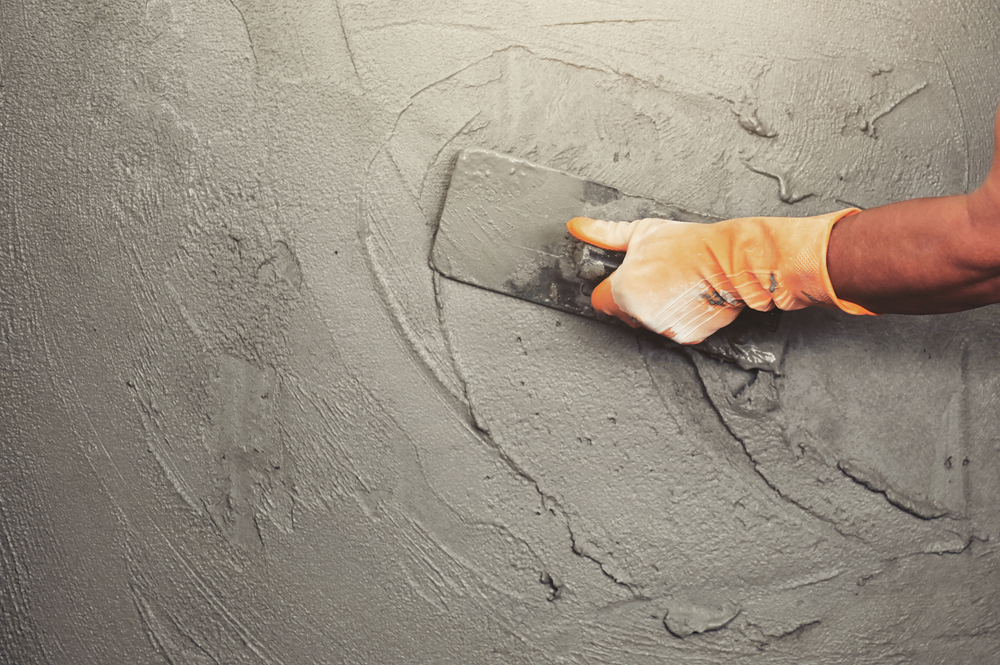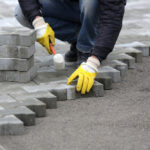
The Role of Masonry in Historical Building Preservation
Historical buildings are not just relics of the past; they are living monuments that connect us to our cultural heritage. Preserving these architectural marvels requires a deep understanding of the materials and techniques used in their construction. Among these materials, masonry stands out as a cornerstone of historical building preservation. This blog explores the crucial role masonry plays in the conservation and restoration of historical buildings, highlighting its significance, challenges, and techniques involved.
Masonry in a Historical Context
Masonry, the art of building structures from individual units laid in and bound together by mortar, has been integral to construction for centuries. Historical buildings around the world showcase diverse masonry techniques, ranging from ancient Egyptian pyramids to medieval European castles and Renaissance palaces. The choice of materials—whether stone, brick, or adobe—often reflects local resources and architectural styles prevalent during the building’s era.
Importance of Masonry in Architecture
Masonry not only provides structural integrity but also defines the aesthetic and historical value of buildings. The skillful craftsmanship evident in intricate stonework or decorative brick patterns serves as a testament to the era’s architectural achievements. For preservationists, understanding these techniques is essential for maintaining authenticity during restoration efforts.
Challenges in Masonry Preservation
Preserving historical masonry poses unique challenges due to weathering, pollution, and structural aging. Natural forces, such as freeze-thaw cycles and moisture infiltration, can cause deterioration over time. Additionally, modern environmental pollutants accelerate decay, necessitating proactive conservation measures.
Techniques in Masonry Preservation
Preserving masonry involves a blend of traditional craftsmanship and innovative technologies. Here are some key techniques used:
1. Cleaning and Repair
- Cleaning: Gentle cleaning techniques, like water misting and poultices, remove surface dirt without damaging fragile masonry.
- Repair: Skilled masons use compatible materials and techniques to repair cracks and replace damaged units while preserving historical integrity.
2. Consolidation and Reinforcement
- Consolidation: Injecting consolidants into porous masonry stabilizes and strengthens the structure without altering its appearance.
- Reinforcement: Installing discreet reinforcement, such as stainless steel rods or carbon fiber strips, can enhance structural stability without compromising historical aesthetics.
3. Repointing and Mortar Analysis
- Repointing: Careful removal and replacement of deteriorated mortar joints ensure structural integrity and prevent water infiltration.
- Mortar Analysis: Identifying the original mortar composition helps in creating compatible mixes for repairs, maintaining historical authenticity.
Case Studies in Masonry Preservation
The Parthenon, Athens, Greece
The Parthenon, a symbol of ancient Greek architecture, underwent extensive masonry conservation to address structural instability and weathering caused by Athens’ urban environment.
Tower of London, United Kingdom
Centuries-old masonry at the Tower of London required meticulous cleaning and repair to safeguard its historical significance while accommodating modern visitor access.
Future Directions in Masonry Preservation
As preservation techniques evolve, the future of masonry preservation looks promising. Advances in materials science offer sustainable alternatives to traditional methods, reducing environmental impact while maintaining authenticity. Digital technologies, such as 3D scanning and Building Information Modeling (BIM), enhance documentation and precision in restoration projects.
Sustainable Practices
Incorporating sustainable practices ensures long-term preservation by minimizing environmental impact and promoting resilience against climate change effects.
Community Engagement
Educating communities about masonry preservation fosters appreciation and stewardship of historical buildings, encouraging active participation in conservation efforts.
Conclusion
Masonry is not merely a construction technique but a cornerstone of historical building preservation. Its enduring legacy in architecture underscores the importance of preserving cultural heritage for future generations. By understanding masonry’s role, addressing preservation challenges, and embracing innovative techniques, we can ensure that historical buildings continue to inspire and enrich our collective heritage.
Need a Masonry & Concrete Contractor in Racine, WI?
Welcome to Langenfeld Masonry & Concrete! Family owned and operated, Langenfeld Masonry & Concrete has been servicing Racing, Kenosha, and South Milwaukee counties since 1912. Our years of experience in the industry have built us a reputation within the community as the premier masonry and concrete contractors in the area. At Langenfeld Masonry & Concrete, we specialize in driveways, patios, sidewalks, and concrete repair. In addition, we also offer basement waterproofing, foundation pouring, repair, and more. For five strong generations, we have been dedicated to being the best at what we do, and it shows. Come see what sets us apart from the competition and why we have truly passed the test of time. Call us today for your free estimate.
More...
Categorised in: Masonry Contractor




